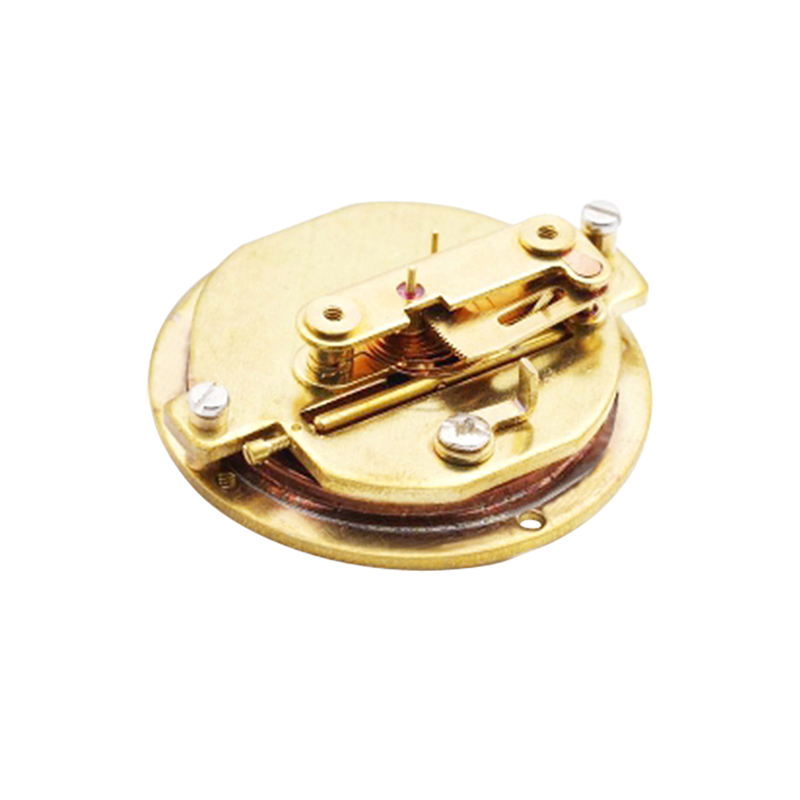
11 月 . 15, 2024 00:45 Back to list
oem dcp fire extinguisher pressure gauge
Understanding OEM DCP Fire Extinguisher Pressure Gauge
Fire safety is a critical consideration in any environment, be it residential, commercial, or industrial. Among the essential tools for ensuring fire safety is the fire extinguisher, and within the anatomy of a fire extinguisher lies a vital component known as the pressure gauge. Specifically, we will delve into the OEM (Original Equipment Manufacturer) DCP (Dry Chemical Powder) fire extinguisher and its pressure gauge, exploring its significance, functionality, and maintenance.
The Role of the Pressure Gauge
The pressure gauge on a DCP fire extinguisher is a crucial indicator of the extinguisher’s operational status. It typically features a dial with color-coded zones green indicates that the extinguisher is fully charged and ready for use, while the red zone signifies that the extinguisher is either over-pressurized or under-pressurized. A properly functioning pressure gauge ensures that fire extinguishers can perform effectively in case of an emergency, making it essential for users to regularly check this component.
Importance of Regular Maintenance
Regular maintenance and inspection of the pressure gauge are paramount for fire extinguishers, particularly DCP versions. According to the National Fire Protection Association (NFPA), fire extinguishers should be inspected monthly, and a thorough servicing should occur annually. During these inspections, the pressure gauge should be checked to confirm it is in the green zone. Any signs of damage or malfunction should warrant an immediate professional assessment.
Neglecting the pressure gauge can lead to catastrophic failures during a fire, as an under-pressurized extinguisher might not expel the chemical agent effectively, whereas an over-pressurized one could rupture, causing injury or exacerbating a fire scenario.
oem dcp fire extinguisher pressure gauge

Understanding DCP Fire Extinguishers
DCP fire extinguishers are widely used due to their effectiveness against various types of fires, including those involving flammable solids, liquids, and gases. The dry chemical powder present in these extinguishers interrupts the chemical reaction of combustion, making them suitable for Class A, B, and C fires. Their versatility and reliability have made them a standard in many facilities and establishments.
The OEM aspect of DCP extinguishers denotes that these units are manufactured to specific standards set by various regulatory bodies and are often equipped with high-quality components, including pressure gauges. OEM parts ensure compatibility and reliability, vital in emergency situations where equipment failure is not an option.
Conclusion
In conclusion, the pressure gauge on an OEM DCP fire extinguisher serves as a lifeline, providing users with immediate feedback on the extinguisher’s readiness for action. Regular maintenance and vigilant inspection of this gauge are non-negotiable principles of fire safety preparedness. As fire risks vary across different settings, ensuring that extinguishers are well-maintained, properly charged, and ready for operation is essential for safeguarding lives and property.
For anyone responsible for fire safety in their environment, understanding how to read and monitor the pressure gauge, alongside regular maintenance practices, is crucial. Ultimately, fire safety is not an area to take lightly, and a well-functioning DCP fire extinguisher, bolstered by a reliable pressure gauge, is a key component in an effective fire response strategy.
-
High-Quality Pressure Gauge on Fire Extinguisher - Reliable Water Fire Extinguisher Pressure Gauge Suppliers & Exporters
NewsJul.08,2025
-
High-Quality Water Pressure Differential and Gauge Kit Reliable Manufacturers & Competitive Quotes
NewsJul.08,2025
-
High-Precision Digital Diaphragm Pressure Gauge – Reliable Manufacturer & Competitive Quotes
NewsJul.07,2025
-
Wholesale Diaphragm Pressure Gauge Supplier - Premium Quality & Competitive Price
NewsJul.07,2025
-
Digital Diaphragm Pressure Gauge Reliable & Precise Measurement Top Manufacturers Quotes
NewsJul.06,2025
-
High Accuracy Piston Type Differential Pressure Gauge - Reliable Manufacturers & Competitive Quotes
NewsJul.06,2025
